4-nitrophenyl isocyanate
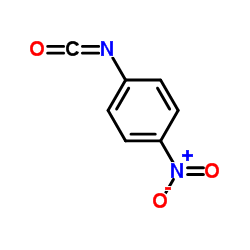
4-nitrophenyl isocyanate structure
|
Common Name | 4-nitrophenyl isocyanate | ||
|---|---|---|---|---|
| CAS Number | 100-28-7 | Molecular Weight | 164.118 | |
| Density | 1.3±0.1 g/cm3 | Boiling Point | 270.4±0.0 °C at 760 mmHg | |
| Molecular Formula | C7H4N2O3 | Melting Point | 56-59 °C(lit.) | |
| MSDS | Chinese USA | Flash Point | 121.2±22.6 °C | |
| Symbol |


GHS07, GHS08 |
Signal Word | Danger | |
| Name | 4-Nitrophenyl isocyanate |
|---|---|
| Synonym | More Synonyms |
| Density | 1.3±0.1 g/cm3 |
|---|---|
| Boiling Point | 270.4±0.0 °C at 760 mmHg |
| Melting Point | 56-59 °C(lit.) |
| Molecular Formula | C7H4N2O3 |
| Molecular Weight | 164.118 |
| Flash Point | 121.2±22.6 °C |
| Exact Mass | 164.022186 |
| PSA | 75.25000 |
| LogP | 2.96 |
| Vapour Pressure | 0.0±0.5 mmHg at 25°C |
| Index of Refraction | 1.589 |
| InChIKey | GFNKTLQTQSALEJ-UHFFFAOYSA-N |
| SMILES | O=C=Nc1ccc([N+](=O)[O-])cc1 |
| Storage condition | 2-8°C |
CHEMICAL IDENTIFICATION
HEALTH HAZARD DATAACUTE TOXICITY DATA
|
| Symbol |


GHS07, GHS08 |
|---|---|
| Signal Word | Danger |
| Hazard Statements | H302 + H332-H315-H319-H334-H335 |
| Precautionary Statements | P261-P305 + P351 + P338-P342 + P311 |
| Personal Protective Equipment | dust mask type N95 (US);Eyeshields;Faceshields;Gloves |
| Hazard Codes | Xn:Harmful; |
| Risk Phrases | R20/21/22;R36/37/38 |
| Safety Phrases | S22-S26-S36/37/39-S45 |
| RIDADR | 2206 |
| WGK Germany | 3 |
| RTECS | DA3692500 |
| Packaging Group | III |
| Hazard Class | 6.1(b) |
| HS Code | 2929109000 |
| Precursor 9 | |
|---|---|
| DownStream 10 | |
| HS Code | 2929109000 |
|---|---|
| Summary | 2929109000. other isocyanates. VAT:17.0%. Tax rebate rate:13.0%. . MFN tariff:6.5%. General tariff:30.0% |
|
Design, synthesis and ¹H NMR study of C3v-symmetric anion receptors with urethane-NH as recognition group.
Spectrochim. Acta. A. Mol. Biomol. Spectrosc. 153 , 199-205, (2015) C3v-Symmetric anion receptors 3 and 4 with urethane groups were synthesized by using trindane triol as tripodal molecular framework. In (1)H NMR titration study, the receptors showed noticeable downfi... |
|
|
Pyrrolylamidourea based anion receptors. Evans LS, et al.
New J. Chem. 30(7) , 1019-1025, (2006)
|
| Isocyanic Acid 4-Nitrophenyl Ester |
| 1-Isocyanato-4-nitro-benzene |
| Benzene, 1-isocyanato-4-nitro- |
| MFCD00007306 |
| 1-Isocyanato-4-nitrobenzene |
| 4-nitrophenyl isocyanate |
| EINECS 202-836-3 |
 CAS#:32315-10-9
CAS#:32315-10-9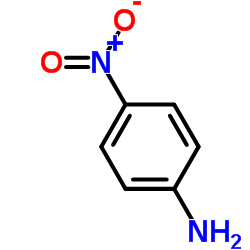 CAS#:100-01-6
CAS#:100-01-6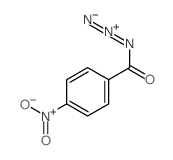 CAS#:2733-41-7
CAS#:2733-41-7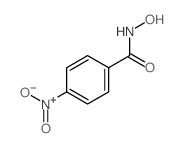 CAS#:1613-76-9
CAS#:1613-76-9 CAS#:75-44-5
CAS#:75-44-5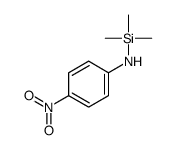 CAS#:63911-89-7
CAS#:63911-89-7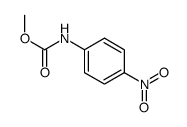 CAS#:1943-87-9
CAS#:1943-87-9 CAS#:124-38-9
CAS#:124-38-9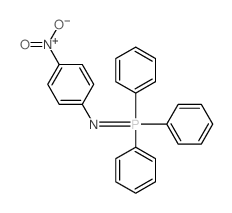 CAS#:14562-02-8
CAS#:14562-02-8 CAS#:3393-96-2
CAS#:3393-96-2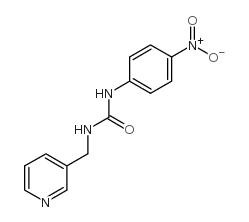 CAS#:53558-25-1
CAS#:53558-25-1 CAS#:587-90-6
CAS#:587-90-6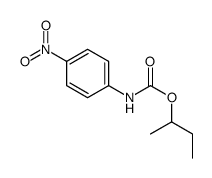 CAS#:143194-01-8
CAS#:143194-01-8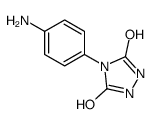 CAS#:140707-19-3
CAS#:140707-19-3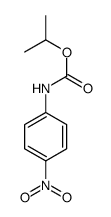 CAS#:14357-51-8
CAS#:14357-51-8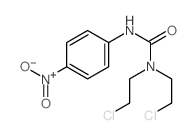 CAS#:2003-46-5
CAS#:2003-46-5![Hydroxylamine,N,N-dimethyl-O-[(p-nitrophenyl)carbamoyl]- (8CI) structure](https://image.chemsrc.com/caspic/105/20915-03-1.png) CAS#:20915-03-1
CAS#:20915-03-1